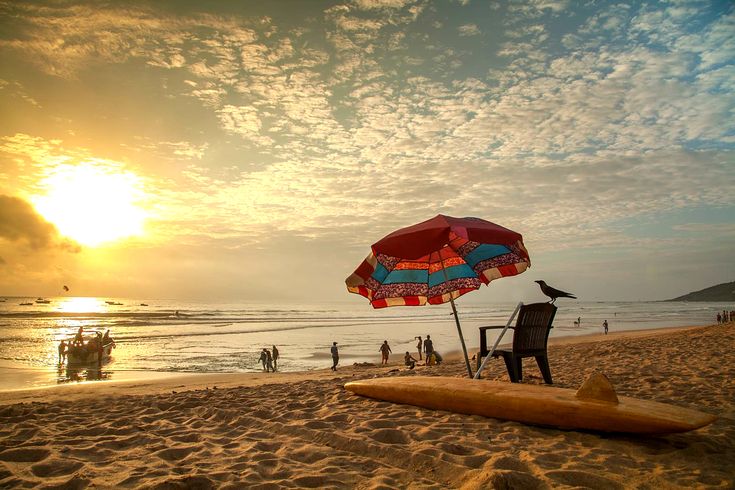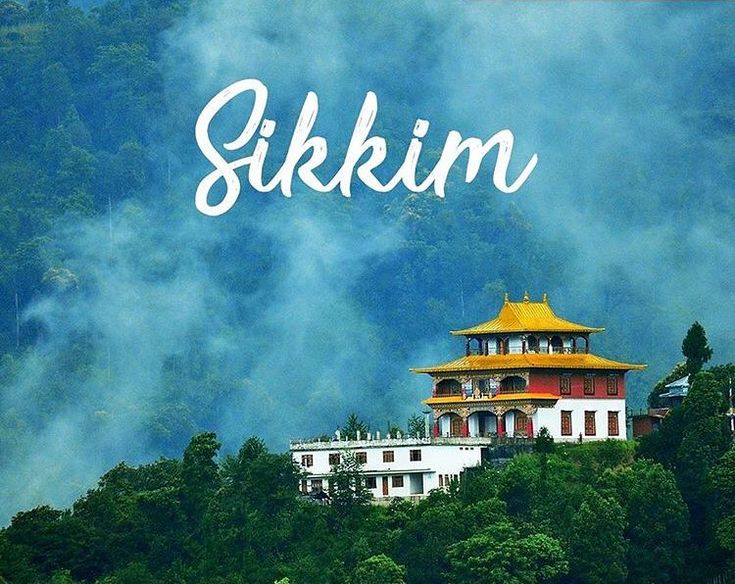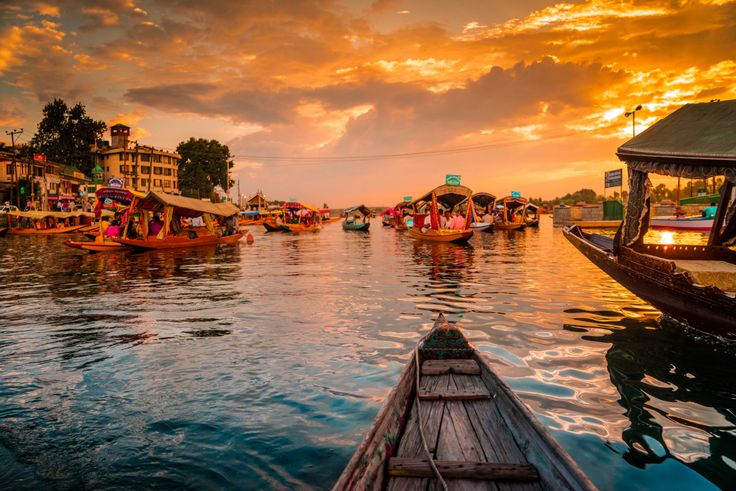
The history of Goa spans from its early days as part of the Mauryan Empire and various Indian kingdoms to its 450-year rule by the Portuguese. The Portuguese established a colony in 1510 and were eventually forced out in 1961 by the Indian military. Goa then became a Union Territory and later attained statehood in 1987 as a single state within India. We should visit Goa for its beautiful sun-soaked beaches, vibrant nightlife, rich blend of Portuguese and Indian culture, historical landmarks, and diverse natural attractions like spice plantations and waterfalls. It offers a unique atmosphere with opportunities for water sports, exploring markets, trying local cuisine, and experiencing world-class music and dance.
Goa's culture is a distinctive Indo-Portuguese blend, a vibrant fusion of local traditions with centuries of Portuguese influence, evident in its unique architecture, music, dance forms like Dekhni and Mando, festivals such as the Goa Carnival and Shigmo, and its diverse cuisine featuring seafood and local spices. The region's harmonious coexistence of Hindu, Muslim, and Christian communities further enriches this unique cultural tapestry, which is also reflected in its crafts, language (Konkani), and warm, hospitable people. Goa is famous for its beautiful beaches, such as Baga, Palolem, and Anjuna, along with its historic churches like the Basilica of Bom Jesus, and Portuguese forts, including Fort Aguada. Key attractions also include the Dudhsagar Waterfalls, lively Anjuna Flea Market, and vibrant carnival celebrations.




